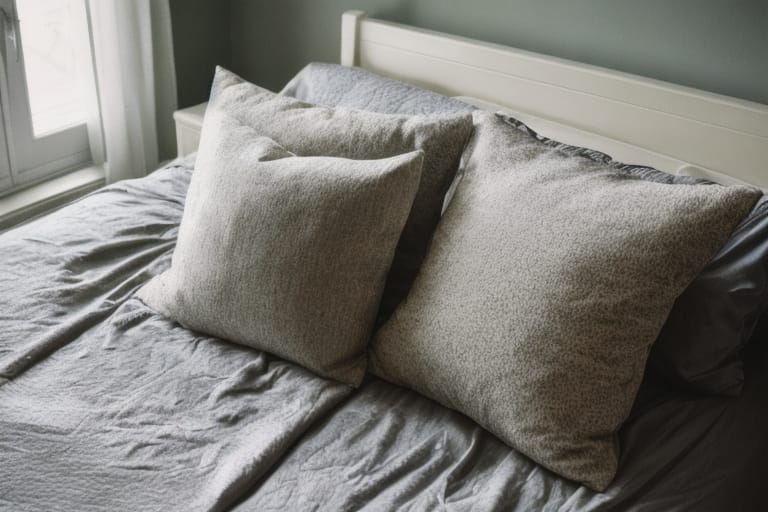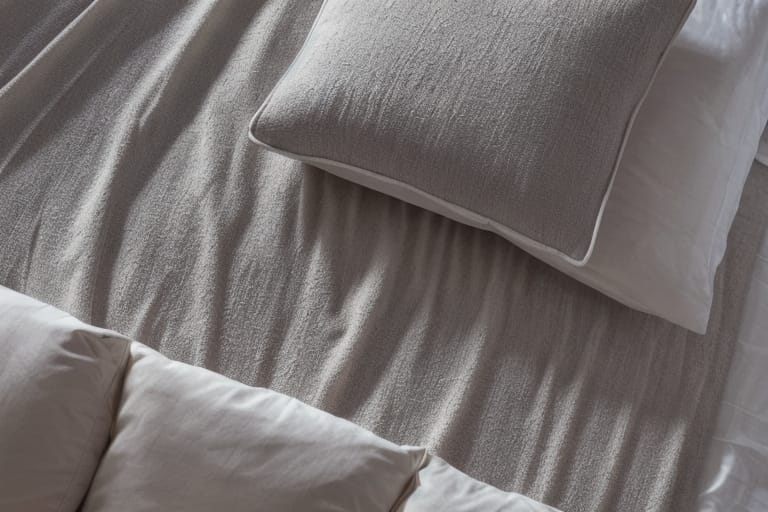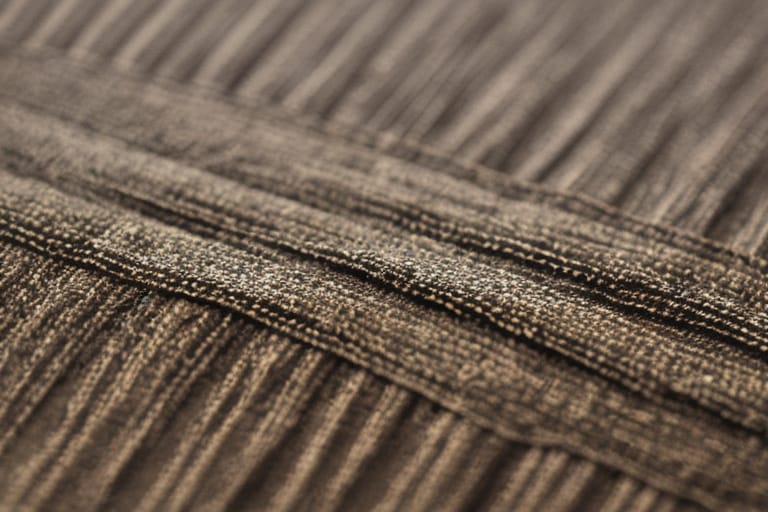Do you love snuggling under a warm, fluffy down comforter on a cold winter night? The unbeatable softness and lightweight warmth of down makes it the filling of choice for luxury bedding. But have you noticed annoying little feathers poking out from your down comforter?
Losing a few feathers over time is perfectly normal. However, excessive feather loss can reduce the comforter’s loft and warmth. Understanding common reasons for feather loss will help you better care for your bedding. With proper maintenance practices, you can keep your down comforter fluffy and fabulous for years to come!
Causes of Feather Loss in Down Bedding
Before exploring solutions, let’s first look at some of the key culprits behind feathers escaping your comforter:
- Lower-Quality Materials: Cheaper down made from smaller, brittle feathers is prone to shedding. Low thread count fabrics also allow feathers to poke through.
- Poor Construction: Loose stitching, inferior baffle box design, or thin seam allowances enable feathers to leak out.
- Improper Care: Excessive laundering, harsh detergents, and improper drying can degrade fabrics, damaging feathers.
- Normal Wear: Filling shifts naturally with use, putting pressure on seams. Some loss over years of wear is expected.
Choosing a High-Quality Down Comforter
The easiest way to minimize feather loss? Invest in a well-constructed comforter made of premium materials upfront. Here’s what to look for:
Indicators of Quality
- Fill Power: This measures loft & insulation. Higher fill = bigger, fluffier clusters less prone to escaping. 600+ fill power is best.
- Fabric: Cotton, especially long-staple Egyptian cotton, is breathable yet durable. Ideally 300+ thread count.
- Construction: Hand-guided baffle boxes have tightly sewn compartments securing fill. Double or triple stitching adds strength.
- Down Type: Goose down is fuller & more resilient than duck down. White down is highest grade; beige down may shed more.
Top-Rated Brands
| Brand | Fill Power | Features | Price Range |
|---|---|---|---|
| Snowe | 700 | Cotton Sateen Shell, Double Stitching | $$$ |
| Parachute | 700 | 100% Egyptian Cotton, 3-Chamber Baffle Box | $$ |
| Brooklinen | 600 | Long Staple Cotton, Hand Guided Baffles | $$$ |
After considering these factors, investing $400+ for a premium down comforter can save you money over frequently replacing cheaper versions.
Caring Properly for Down Bedding
With a quality down comforter, proper maintenance is vital to slowing feather loss. Follow these best practices:
- Gentle Machine Washing: Use a mild detergent on delicate cycle once/year max. Skip the agitator if possible.
- Low Heat Drying: Tumble dry low heat with clean tennis balls to redistribute filling after washing.
- Air Fluff Regularly: Freshen up your comforter 2-3 times a year by airing it outside.
- Proper Storage: Store flat or loosely rolled in breathable cotton during warmer months.
With extra TLC for your comforter through proper washing, drying, and storage, you can prolong its lifespan and reduce feather loss.

Common Down Comforter Misconceptions
Before you get alarmed at a few loose feathers, debunk some common myths:
Myth: Down quality directly correlates with feather loss.
Fact: Even high-end down can shift and shed a bit after years of use. This doesn’t mean the materials are poor quality.
Myth: Washing frequently will reduce shedding.
Fact: Too much washing can strip natural oils damaging down and speeding loss.
Myth: Storage doesn’t impact feather loss.
Fact: Improper storage can compress fill and stress seams leading to tears.
So rest assured – seeing some feathers doesn’t necessarily mean your comforter is low-grade. And resist overwashing, which often does more harm than good!
Innovations in Down Bedding Construction
Exciting advances reduce down shifting and leaking from comforters:
- Down-Proof Fabrics: Ultra-fine, high-thread count fabrics block feathers yet remain breathable.
- Zoned Construction: Separate baffle box compartments target warmth where needed, preventing fill from shifting as much.
- Reinforced Edges: Added perimeter stitching secures sides prone to feather loss at stress points.
- Channel Sewing: Narrow, elongated baffles keep the fill spread evenly across the comforter’s surface area.
So if you love being enveloped in down’s luxurious softness, these latest engineering feats ensure even more comfort with less feather fuzz floating free.
Take Action to Reduce Feather Loss
While some shedding is inevitable even with higher-end down bedding, these proactive tips will help minimize annoying loose feathers:
- Inspect comforter stitching routinely for loose threads or small holes where feathers escape. Hand-stitch any gaps shut.
- Fluff comforter daily while making bed to redistribute and rejuvenate compressed areas.
- Wash and dry carefully once annually to clean without damaging delicate materials.
- Store flat during hotter months so fill doesn’t clump or shift.
- Invest in mattress and pillow protectors so body oils don’t degrade fabrics as quickly.
- Upgrade to a premium down comforter if your current version sheds excessively despite proper care. This reduces long-term costs from frequent replacement of inferior bedding.
Going Green with Down
Seeking a down comforter gentler on the planet? Responsible Down Standard certification ensures humane treatment of geese and ducks. For sustainable processing, look for downs purified without harsh chemicals.
Tracing fill origins promotes animal welfare and environmentally sound practices system-wide. So you can stay cozy and conscience-free!

Frequency Asked Questions
Still have questions about managing feather loss in your down bedding? Here are answers to some frequently asked questions:
How much feather loss is normal in a quality down comforter?
Losing a tiny handful of small feathers per year is typical. Significant visible shedding, clumps coming out, or flat spots indicate an issue.
What’s the average lifespan of a down comforter?
With proper care, premium quality down comforters should last over 10 years before needing replacement. Lower quality versions may start degrading after 5 years.
Can I repair areas where feathers are escaping through holes?
Yes! Hand-stitch closed small holes immediately so they don’t expand. Patch bigger openings or damaged seams.
Does frequently fluffing a down comforter help with feather loss?
Yes, fluffing redistributes fill to avoid clumping and shifting which causes feathers to poke out. Fluff daily for best results.
Should I add new fill if my comforter gets flat spots from feather loss?
You can have flat zones re-stuffed by a specialty retailer, but prevent further loss by repairing damage first. Adding fill without addressing the underlying cause won’t solve the problem long-term.








